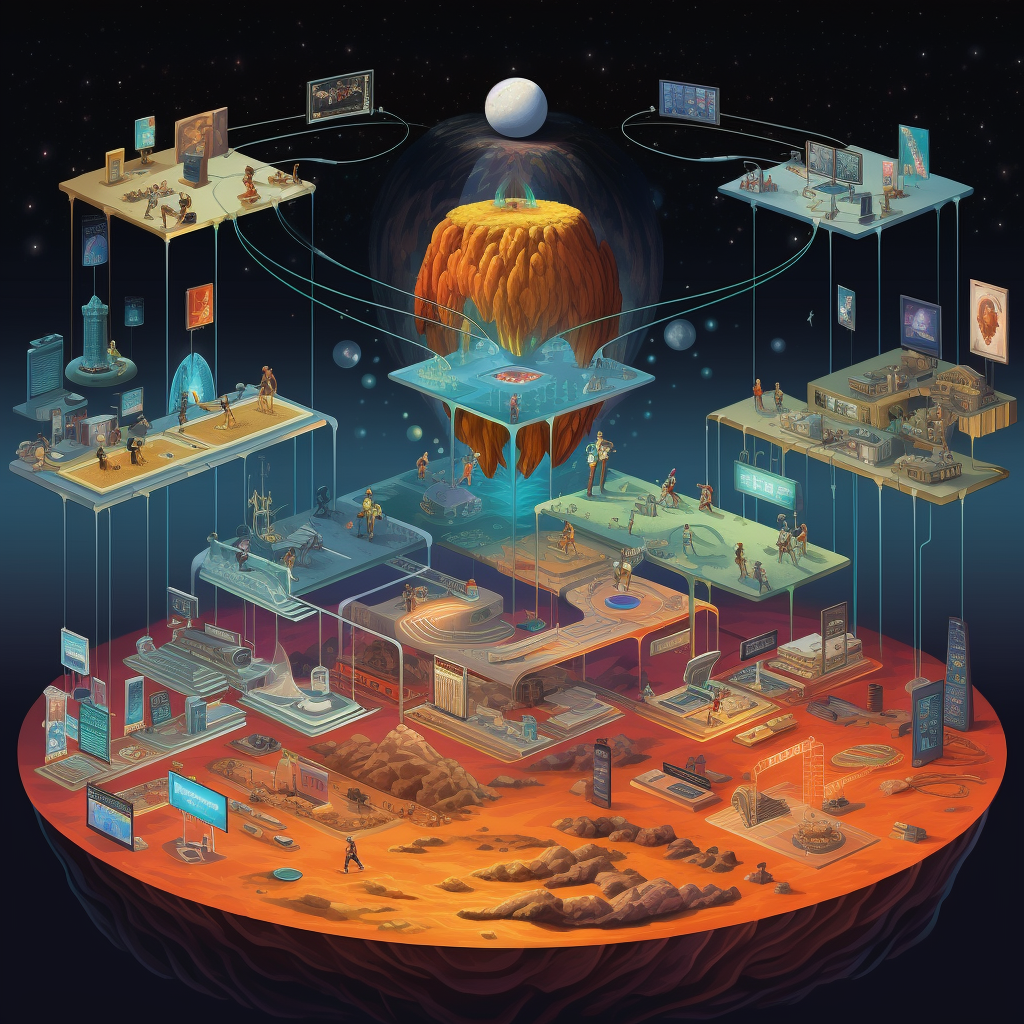Migrate your $MATIC for $POL
Today I want to look at how Polygon is introducing Polygon 2.0 aka their “endgame”, and also their new token: POL.
I’ve always been a fan of Matic/Polygon, mainly because of its incredibly cheap gas fees. So I just want to break down the journey of Polygon, from its early days as Matic Network to the big plans of Polygon 2.0 and what it means for all of us.

It might sound a bit complicated, but I’ll keep in as simple as possible. So here’s a look at Polygon’s potential high-tech future…
Where Polygon Started
To understand Polygon 2.0, let’s start with the basics. The original Polygon Proof-of-Stake (PoS) blockchain, previously known as Matic Network, emerged in 2017 as an Ethereum sidechain.
Its mission? Boosting Ethereum’s mainnet scalability.
Just like Ethereum, it utilizes a proof-of-stake consensus mechanism, and its native token is MATIC. Last year, they added another layer, the Polygon zkEVM, an Ethereum zk-rollup.
So now for Polygon 2.0
Polygon 2.0 is the next phase in Polygon’s evolution. Envisioned as a vast network of Zero-Knowledge (ZK) powered Layer-2 chains, Polygon 2.0 aims for unlimited scalability and seamless interoperability. Picture it as the “Value Layer” of the Internet, where digital assets exchange seamlessly, mirroring how the Internet facilitates information exchange.

After the announcement, Polygon’s team initiated discussions about upgrading the Polygon PoS chain to a zkEVM validium. A validium is a scaling solution for Ethereum, distinct from the Polygon zkEVM chain, a zk-rollup. The transition brings advantages like higher security, scalability, and cost-effectiveness. It’s about fitting the original chain into the future zk-powered Polygon ecosystem.
Enter the Polygon Chain Development Kit (CDK)
Now, we’ve got the Polygon PoS chain, which will be upgraded to a zkEVM validium, and the existing Polygon zkEVM chain. But where do the promised “network of ZK-powered L2 chains” fit in? The answer lies in the Polygon Chain Development Kit (CDK). Introduced in August, it’s an open-source, modular codebase allowing anyone to launch their zk-powered Layer-2 on Ethereum. This innovation transforms Polygon into a supernet of ZK networks, working together via a shared bridge.
New Upgrades
To bring the future Polygon 2.0 ecosystem together, multiple technical upgrades are in order. At the protocol level, four layers operate collaboratively: staking, interop (interoperability), execution, and proving. Each layer plays a unique role, contributing to a compact system of networks with mutual communication.
- Staking Layer: This is where Polygon’s native token is staked to provide security and decentralization. It manages tasks like maintaining the validator registry and processing staking requests.
- Interop Layer: Facilitates secure cross-chain messaging within the Polygon ecosystem, creating a seamless experience for users.
- Execution Layer: Enables Polygon chains to sequence transactions and produce blocks, similar to how transactions are processed in networks like Ethereum.
- Proving Layer: Employs a flexible, high-performing ZK-proving protocol to generate and aggregate proofs for all executed transactions across all Polygon chains.
And the New POL Token
With Polygon 2.0 comes a new native token, POL, set to replace MATIC’s role in the ecosystem. POL will be used for governance, gas, staking, and other utilities. It’s an essential element in powering the security of all chains within the Polygon supernet structure. POL’s unique role positions it as a “hyperproductive token,” surpassing traditional assets like Bitcoin and Ethereum.
Now apparently, POL tokens can be migrated at a 1:1 ratio from existing MATIC tokens by using a migration contract. This means that anyone who holds MATIC tokens can send MATIC tokens to the migration contract and will receive the same amount of POL tokens. There is no reduction in the token supply.
(I always preach using a Ledger as a crypto wallet, you can read my reasons for this here, and you can go directly to the official Ledger store here.)
And finally, the governance framework undergoes a revamp, dividing into three pillars: protocol governance, system smart contracts governance, and community treasury governance. These pillars cover decentralized maintenance, protocol upgrades, and ecosystem growth, respectively.
Polygon has an exciting journey ahead with Polygon 2.0. Let’s see what happens. Share your thoughts on Polygon 2.0 in the comments, and if you enjoyed this article, please give it some claps (up to 50 claps) and make sure you are following me on Medium. Thanks!
Do you want $25 in free Bitcoin?
Sign up with Nexo and start earning with your crypto assets.
- Sign up with Nexo via a referral link.
- Verify your identity and top up at least $100 in assets and maintain the USD value for at least 30 days in your account.
- Both you and I will earn $25 in free BTC! Your reward is instantly available and will be unlocked after 30 days of your initial deposit.
- I have tested this and can verify that it completely works. Follow those 3 steps and, after 30 days, $25 of Bitcoin will be added to your account.

As always this is not financial advice, just findings based on my research. Remember to only use risk capital.
- You can join my Telegram group here or connect with me on Twitter here or follow me on YouTube here.
- Follow me on Medium if you want to read more about cryptocurrency, passive income, play to earn games and yield farming.
- I’m not a financial advisor. This is not a financial advice, whatever you read in my articles are strictly for educational purposes.
- This article contains affiliate links.
Disclaimer: This is not financial advice, the information in this article is for educational purposes only. Never invest what you can’t afford to lose. I disclaim any liability or loss incurred by any person who acts on the information, ideas, or strategies discussed in my articles. Do Your Own Research.